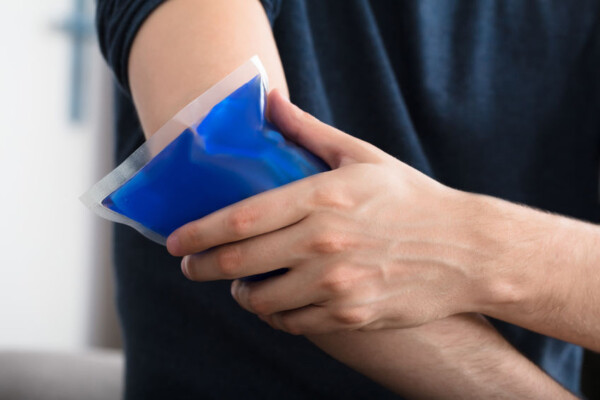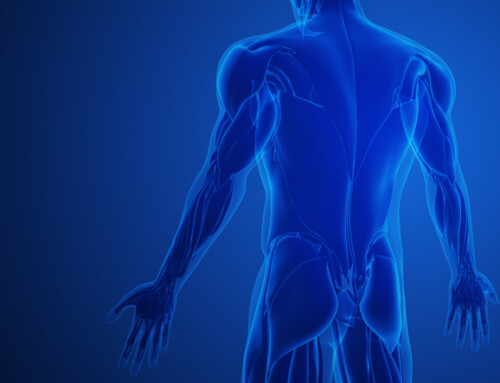In what situations should you use ice or heat for rehabilitation? This might be a question you think of when you’ve just gotten injured, are recovering from an injury, or are receiving care at physical therapy, and you don’t know what the best thermal modality is to use. Typically, ice, or cryotherapy, is used for acute injuries within a 24-48 hours’ time frame after an injury. Its main use is to decrease blood flow to the area of injury to help decrease edema (swelling), and to slow down nerve conduction velocity to decrease sensation. During physical therapy, your therapist will most likely use an ice pack as a way to provide cold therapy. As for superficial heat, its main use is to increase blood flow and tissue elasticity. Most forms of heat in a physical therapy clinic is through a moist hot pack. Now that you’re familiar with the two main types of thermal modalities used at physical therapy, what are some indications and contraindications your therapist may take note of to provide you with the most effective modality?
Ice Therapy
As mentioned above, cryotherapy is most effective within the 24-48H time window after an acute injury. Any time after this window, ice may be used for pain modulation if it provides relief but understand that it may not be assisting in the healing and recovery process of the injury as it’s decreasing blood flow, which is important for injury healing, to the area it’s applied to.1 For example, a muscle is not going to benefit from cold therapy like a tendon would because muscle has a richer supply of blood, whereas a tendon has a lesser supply of blood. Cold therapy to a tendon injury would be beneficial as the inflammation process can be slowed to prevent swelling. As for the contraindications for cold therapy, the main one to focus on is application to areas of compromised circulation and impaired sensation. Conditions that may cause this includes any peripheral vascular disease such as Raynaud’s Disease. These conditions restrict blood flow to an area to begin with, and they also decrease sensory feeling, so you put yourself at risk for further injury.
Heat Therapy
Superficial heat therapy is mainly used in the clinic to warm the body and muscle up for exercise. Research states that fast, stretching, motions on muscles that are not properly warmed can increase the risk for injury. For example, if you’ve ever pulled a muscle, it’s probably due to improper warm up and a fast movement that stretched the muscle past its elastic state. Muscle is a type of connective tissue that has both viscous and elastic properties. Elastic properties refer to the ability of the muscle to return to its original state, whereas its viscous properties refer to its ability to undergo permanent changes when stretched. The degree that a muscle can be stretched is dependent on the amount of force that’s put into the stretch, how long the stretch is held, and the temperature of the tissue itself. Therefore, warming up the muscle is important prior to stretching because it enhances the extensibility of the muscle.2 Indications for heat therapy include decreased range of motion, muscle spasm, and muscle guarding. So, the heat before your therapy session isn’t just for comfort, it has its scientific purposes as well. That being said, there are a few contraindications for heat therapy that may be important to note. As mentioned before, heat will increase blood flow to the area it’s applied to, so right after an acute injury, such as an ankle sprain, it’s important to hold off on the heat as it’ll increase swelling. And similarly to cold therapy, heat should not be applied to areas of impaired sensation as it may increase the risk for injury.
It’s important to proceed with caution when using thermal modalities for therapeutic benefit. Both cryotherapy and heat therapy can be used to improve the body’s response to injury but may also cause damage if not used properly. If you’re unsure, talk with your therapist about the best modality to use for your situation.
To schedule a physical therapy appointment in Malta, Saratoga Springs, Delmar or Queensbury NY, please call (518) 289-5242.






